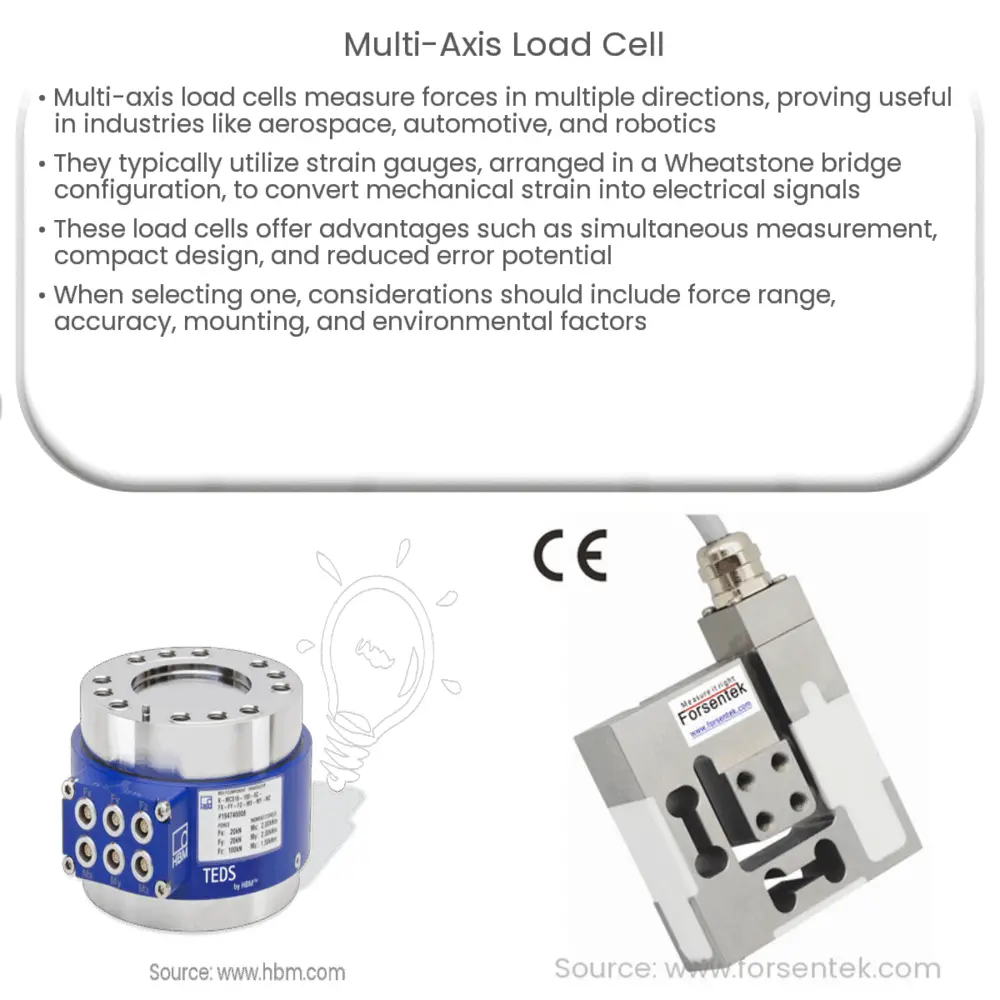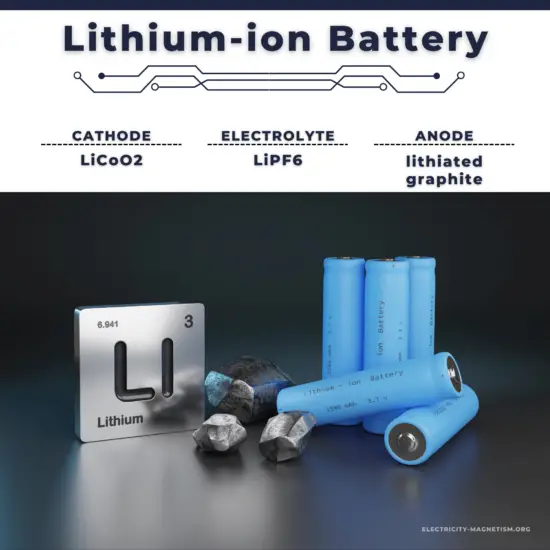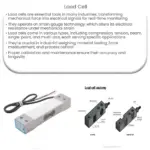A multi-axis load cell is an advanced force transducer that measures forces in multiple directions simultaneously, ideal for aerospace, automotive, and robotics applications.

Introduction to Multi-Axis Load Cells
A multi-axis load cell is an advanced type of force transducer that measures forces in multiple directions simultaneously. Unlike conventional single-axis load cells, which only measure force in one direction, multi-axis load cells can detect forces in two or more axes, typically up to three (X, Y, and Z). This functionality makes them particularly useful for applications where complex forces are at play, such as in aerospace, automotive, and robotics industries.
Design and Working Principle
Multi-axis load cells come in various designs, but most of them employ strain gauges as their primary sensing elements. Strain gauges are thin, flexible devices that change their electrical resistance when subjected to mechanical deformation. By arranging these gauges in specific configurations on the load cell body, it becomes possible to detect forces in multiple directions.
In a typical multi-axis load cell, the strain gauges are arranged in a Wheatstone bridge configuration. This arrangement allows for accurate and precise force measurement by converting the mechanical strain experienced by the load cell into an electrical signal. This signal is then amplified and processed by a data acquisition system to provide the end-user with force measurements in the desired units, such as newtons or pounds-force.
Applications of Multi-Axis Load Cells
Multi-axis load cells are employed in a wide range of applications that require precise measurement of forces and moments in multiple directions. Some common applications include:
- Aerospace: In aerospace engineering, multi-axis load cells are used to measure forces and moments on various aircraft components, such as wings, landing gear, and control surfaces. These measurements are critical for assessing structural integrity, performance, and safety.
- Automotive: Multi-axis load cells are used in automotive testing to measure the forces and moments experienced by vehicles during various maneuvers, such as acceleration, braking, and cornering. These measurements help engineers optimize vehicle performance and safety.
- Robotics: In robotics, multi-axis load cells are used to measure forces and torques exerted by robotic arms and end-effectors. This information is essential for ensuring precise control and accurate manipulation of objects by the robot.
Advantages of Multi-Axis Load Cells
There are several key advantages to using multi-axis load cells in various applications, including:
- Simultaneous measurement: Multi-axis load cells can measure forces in multiple directions at the same time, which simplifies data acquisition and analysis, and can result in more accurate and comprehensive insights.
- Compact design: Multi-axis load cells are generally more compact than an equivalent combination of single-axis load cells, making them ideal for applications with limited space or weight constraints.
- Reduced error: By measuring all the relevant forces and moments with a single device, multi-axis load cells can help reduce the potential for errors introduced by the use of multiple single-axis load cells in complex setups.
Types of Multi-Axis Load Cells
There are several types of multi-axis load cells available on the market, each designed to cater to specific application requirements. Some common types include:
- Triaxial load cells: These load cells measure forces in three orthogonal directions (X, Y, and Z). They are ideal for applications where forces are applied in all three axes, such as in material testing and vehicle dynamics.
- Biaxial load cells: Biaxial load cells measure forces in two perpendicular directions, typically in-plane (X and Y) or out-of-plane (X and Z or Y and Z). These are suitable for applications where only two axes of force are relevant, such as in wind tunnel testing or orthopedic research.
- Force-torque sensors: These sensors measure both forces and torques in multiple directions, making them particularly useful in applications that involve both linear and rotational forces, such as robotic grippers and biomechanics research.
Selection and Installation Considerations
When selecting a multi-axis load cell for a specific application, several factors should be considered:
- Force range: The load cell should have a force range suitable for the expected loads in the application. It is important to ensure that the load cell is not overloaded, as this can lead to inaccurate measurements and potential damage to the device.
- Accuracy and resolution: The load cell should have the required accuracy and resolution to provide reliable measurements for the intended application. This may vary depending on factors such as temperature, humidity, and electromagnetic interference.
- Mounting and installation: Proper mounting and installation are critical to ensure accurate measurements. The load cell should be mounted on a flat, rigid surface, and any mounting hardware should be tightened to the manufacturer’s specifications. Additionally, any potential sources of error, such as off-axis loading, should be minimized.
- Environmental factors: The load cell should be suitable for the expected operating environment, including temperature, humidity, and potential exposure to corrosive substances or liquids.
Conclusion
Multi-axis load cells are versatile and powerful force measurement tools that can provide valuable insights in a wide range of applications. By understanding their working principles, advantages, and selection considerations, engineers and researchers can make informed decisions when selecting and implementing these devices in their projects. With the appropriate selection and installation, multi-axis load cells can greatly enhance the accuracy and reliability of force measurements in complex and demanding applications.



